Tennis Unlocked:
A series of articles written by Peter, designed to build into a library of knowledge specifically designed for club-level players, that can help make your match play more effective.
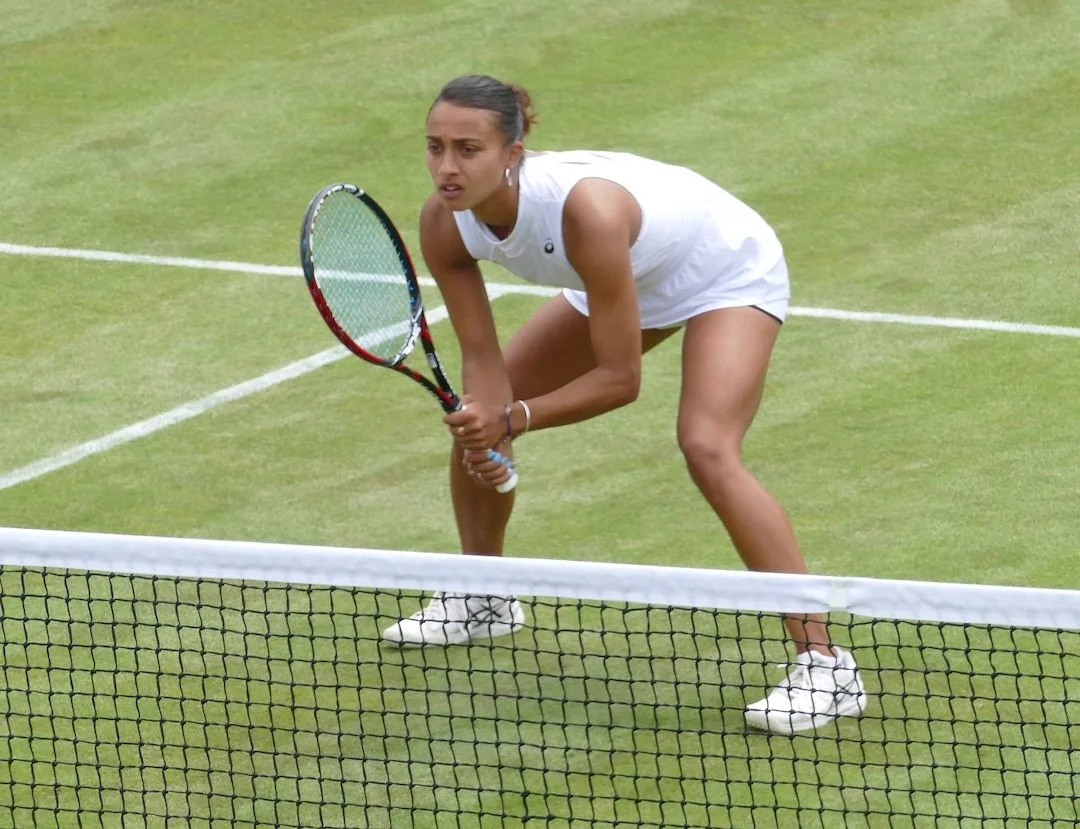
HOW TO ANTICIPATE
Tennis is a game in which you have very little time to react to your opponent’s shots. Sometimes you even need to know what type of shot is coming before your opponent hits it – you need to ‘anticipate’. Often considered a skill for advanced players, a player at any level who has his or her thinking cap on can learn to anticipate effectively.
What Does This Mean For Your Tennis?
Anticipation is not something you need to do on all your opponent’s shots. But if, for example, your opponent has an easy smash and is obviously going to hit very hard, you must move in the right direction before she makes contact. Otherwise, you will have no chance of getting there in time. In this type of situation, there are three relevant questions you might ask yourself:
Q1. What shot has she played before from this position?
A player with a habit of going crosscourt off a short ball is likely to do so again.
Q2. What shots can this opponent not play?
If you know she cannot hit a wide slice serve to the deuce box, you do not need to be concerned about preparing to return this shot.
Q3. What shot would I play if I were in my opponent’s shoes?
If you see a logical place where her next shot should go, she probably sees it too.
Anticipation boils down to an educated guess. If you guess right, you have a chance to get to a ball you really had no right to reach!
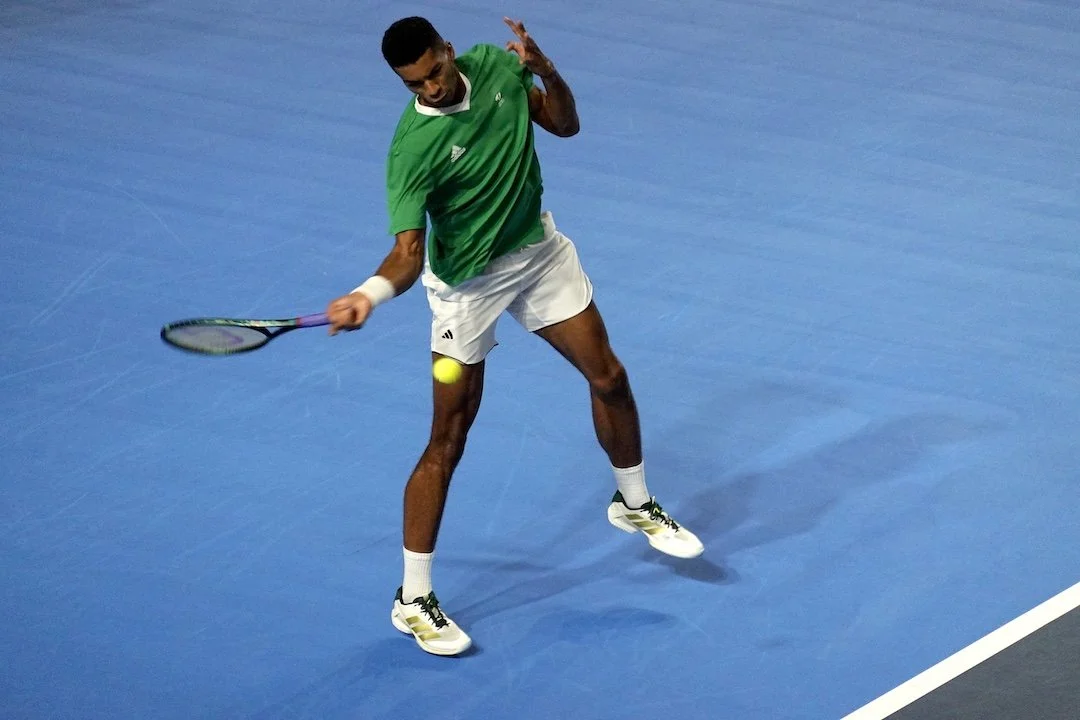
PLAYING IN THE WIND
Autumn often brings windy conditions, and playing tennis in the wind brings challenges.
What Does This Mean for Your Tennis?
When wind is a factor, you need to adjust your tactics and shot selection.
Wind in your back – risk of hitting long:
· aim lower over the net.
· Use more topspin.
· Use less power.
Wind in your face - risk of hitting short (allowing your opponent to attack), or into the net:
· aim higher over the net.
· Use less topspin and more power.
· Slice (sidespin) serves will be challenging for your opponent.
· Good drop shots will often win points.
Cross-court wind - risk of the ball being pushed wide:
· allow extra margin for error when hitting crosscourt or down the line shots on the side where the wind can force the ball into the tramlines.
· Use a slice (sidespin) serve to pull the receiver way off court.
Keep calm and carry on:
· Most players find it frustrating to play in the wind.
· Both players face the same challenge—whoever adapts best is likely to come out on top.
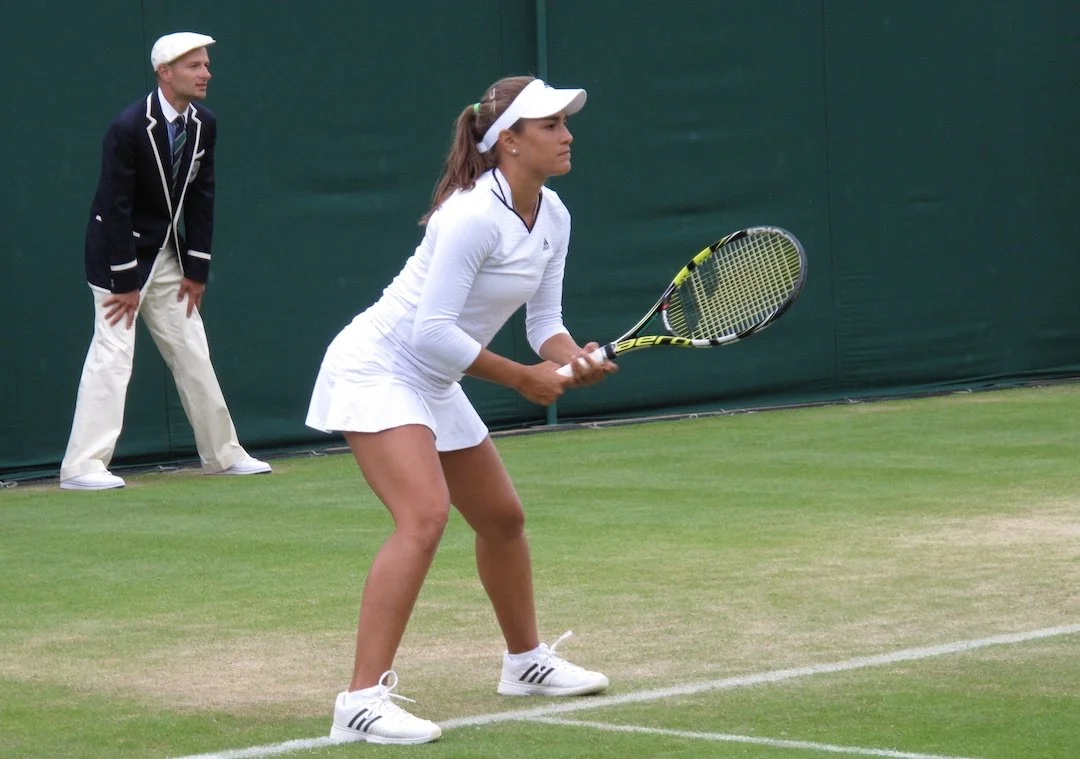
Apply Some Pressure
It’s important to attack your opponent’s weak shots whenever possible.
What Does This Mean?
If you don’t attack weak shots, you send a message to your opponent that he does not need to hit any harder, or any nearer the lines. This takes the pressure off your opponent, and most people play better when the pressure is off.
What Does This Mean for Your Tennis?
When you are receiving a second serve it’s especially important to attack if the serve is weak. Most experts regard the serve as the most important shot in tennis. If you attack weak second serves:
· you will have the server worried as he prepares to hit his second serve.
· In future points he is likely to be concerned about getting his first serve in, so as not to give you a look at a second serve.
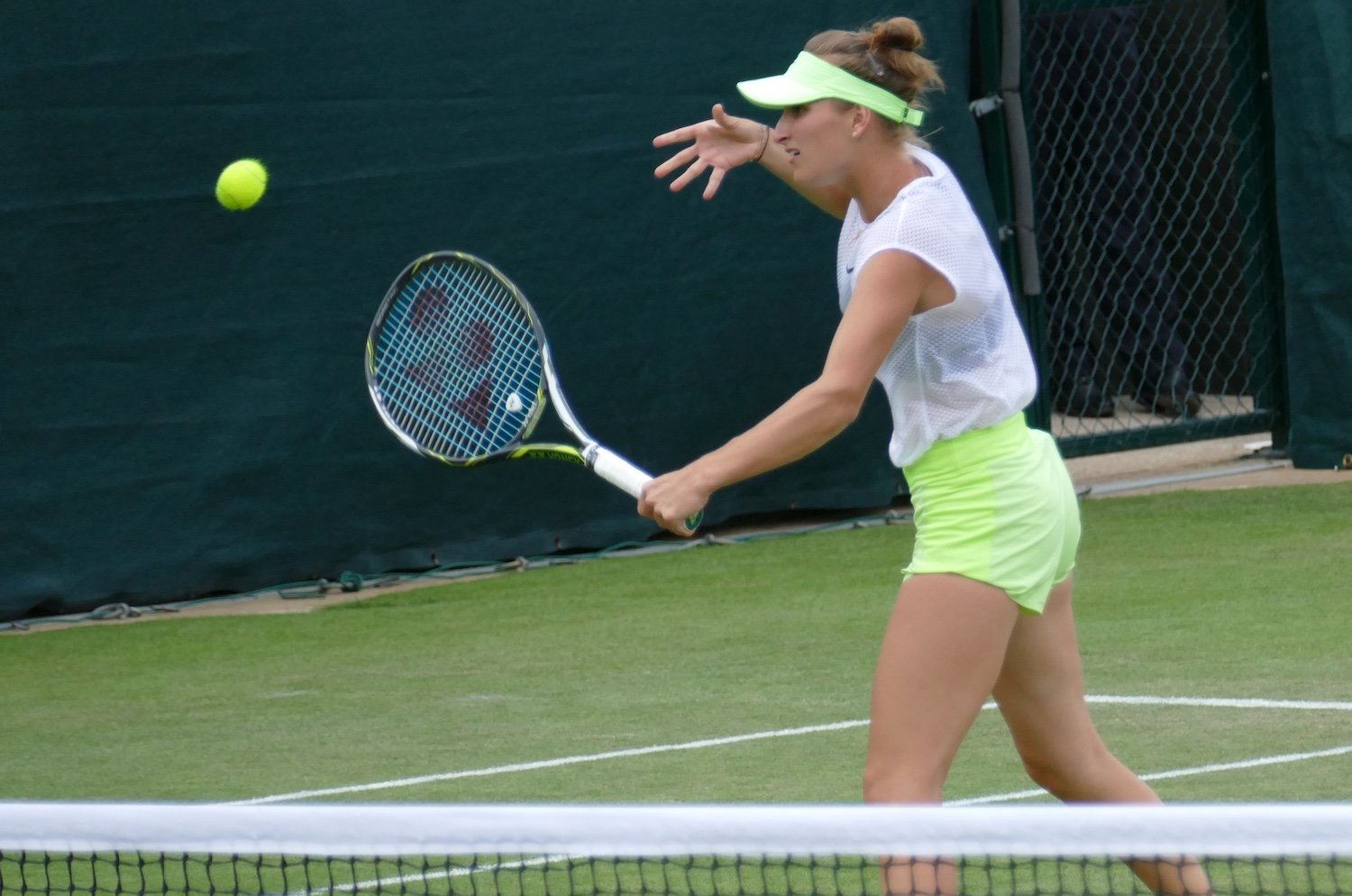
Get To The Net
Most players play most of their tennis from the baseline. So if you come to the net your opponent is likely to feel uncomfortable, and under more pressure. The less familiar a situation, the less comfortable a player feels on the court.
What Does This Mean?
You should develop your net game. The ability to approach and play from the net gives you options in a match, and pressurises your opponent into playing tough shots.
There are three main opportunities to get to the net:
1. Serve and volley. Move forward as soon as you serve. It’s a decision made prior to serving, so there should be no hesitation.
2. Approach the net when you receive a short ball during a baseline rally. Since the incoming ball is short, you will already be on your way to the net when you hit the approach shot.
3. Approach off an opponent’s weak serve. All serves are by definition short balls. Pressurise the server by getting to the net, forcing her to make and implement a quick decision.
What Does This Mean for Your Tennis?
If you put your opponent under pressure with a good shot, but stay at the baseline, she can often recover with a high ball that buys her time to get back into the rally. But that same ‘buy time’ shot would allow you to hit an easy volley winner if you were at the net.
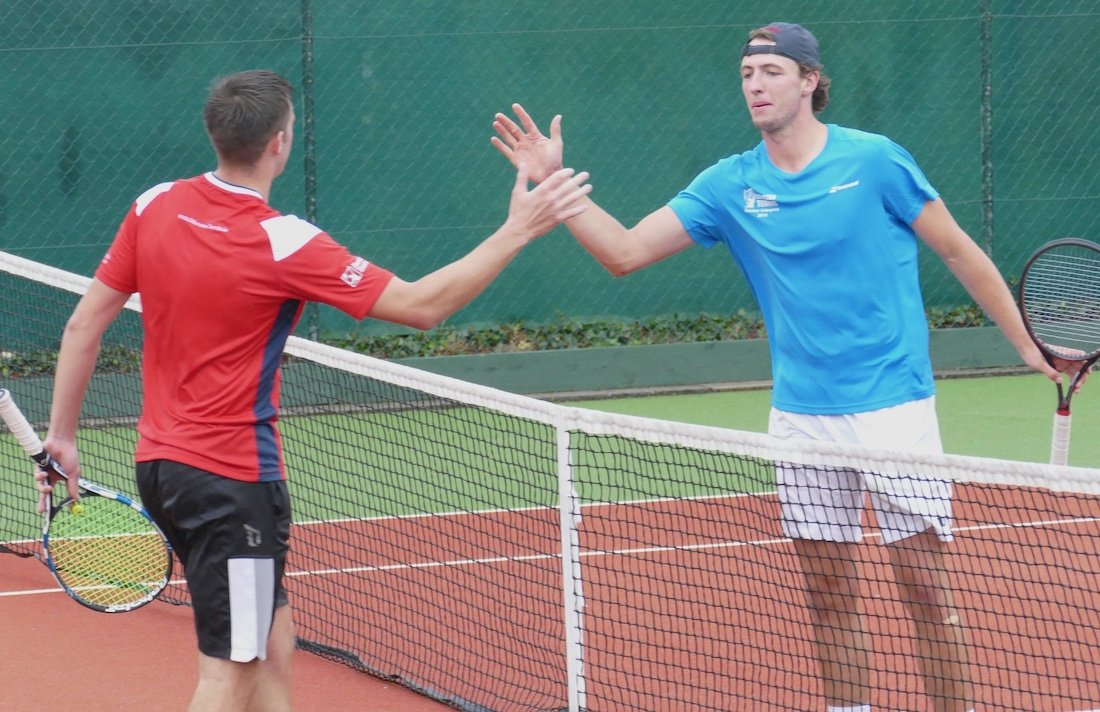
Win - Even When You Lose
Each day of the year, all around the world, tens of thousands of tennis matches are played. And exactly 50% of the people who play these matches end up losing. But is losing a tennis match always such a bad thing? I would argue that there are actually some benefits to it!
What Does This Mean?
· Losing makes you more determined to work harder and get better. There’s no incentive to improve if you’re always winning.
· Losing makes you more willing to develop your game. For example, you lose to players who cause you problems by coming to the net. You decide to add serve and volley to your skillset. If you get to the net first, opponents will find it difficult to also move in and volley.
· Losing provides an opportunity to see what you need to do to improve. If you can correctly analyse why you lost, you discover what to get better at in order to win next time.
What Does This Mean for Your Tennis?
Losing some matches provides opportunities to learn to face defeat with grace, dignity and even style.
We all lose at times. Why not focus on the positives that you can take from the experience?
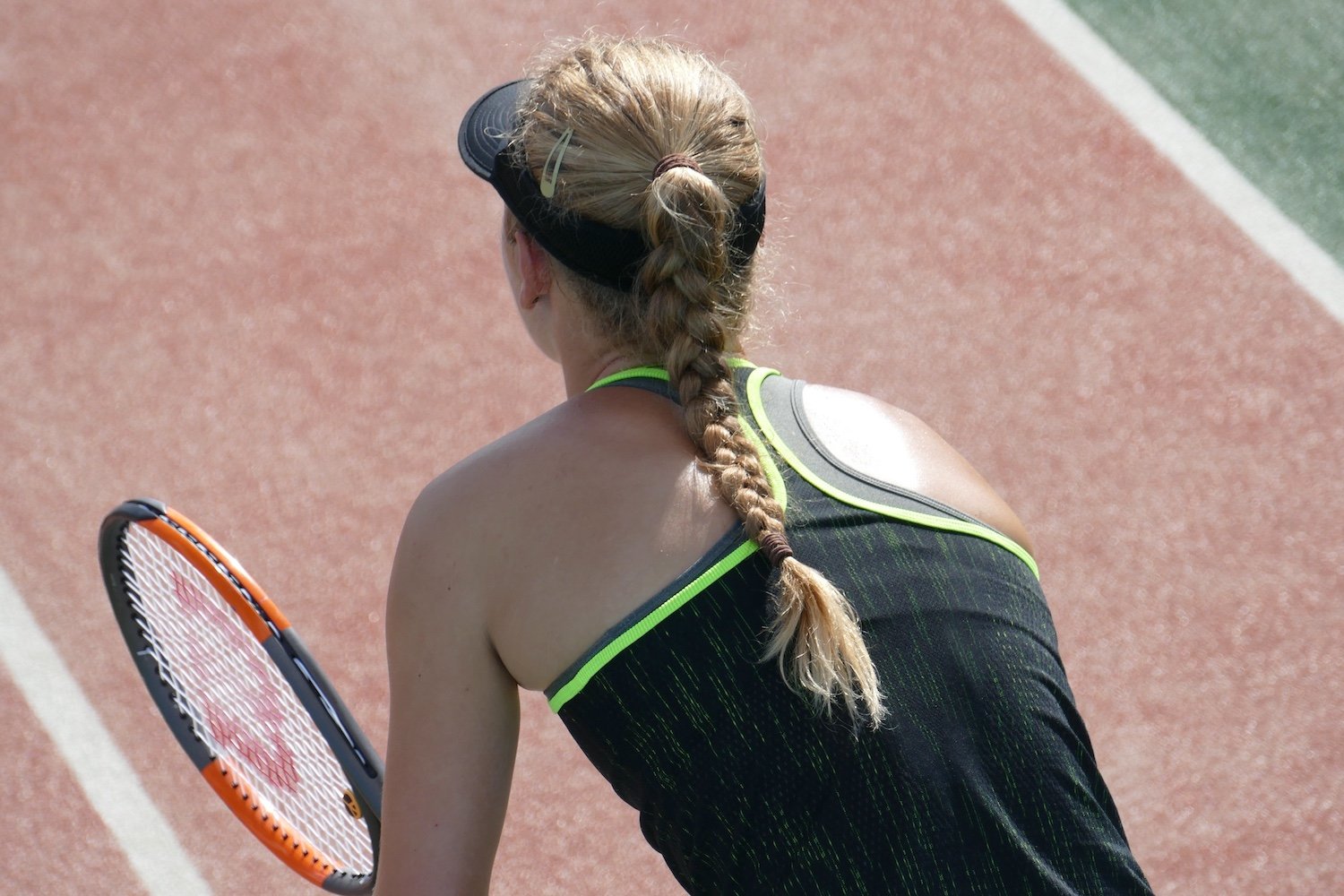
Play with a ‘Margin for Error’.
There are three ways you can lose a point in tennis:
1. Your opponent hits a ‘clean winner’ that you can’t reach.
2. You hit the ball into the net.
3. You hit the ball over the net, but outside the court.
Statistics show that the majority of points lost are a result of hitting the ball into the net or outside the lines.
What Does This Mean?
If you can cut down on these errors, your chances of winning are greatly increased. How? Give yourself a bigger “margin for error”:
Many players aim too low over the net. If the shot goes a little lower than intended, it hits the net. In a baseline rally, aim 1 to 2 metres over the net.
Many players aim too close to the lines. If the ball goes a little wider or longer than intended, it’s out.
Many players hit the ball too hard. Only hit it as hard as you can control it. Winning slowly is better than losing quickly!
What Does This Mean for Your Tennis?
More margin for error means less shots missed, and that automatically puts more pressure on your opponent.
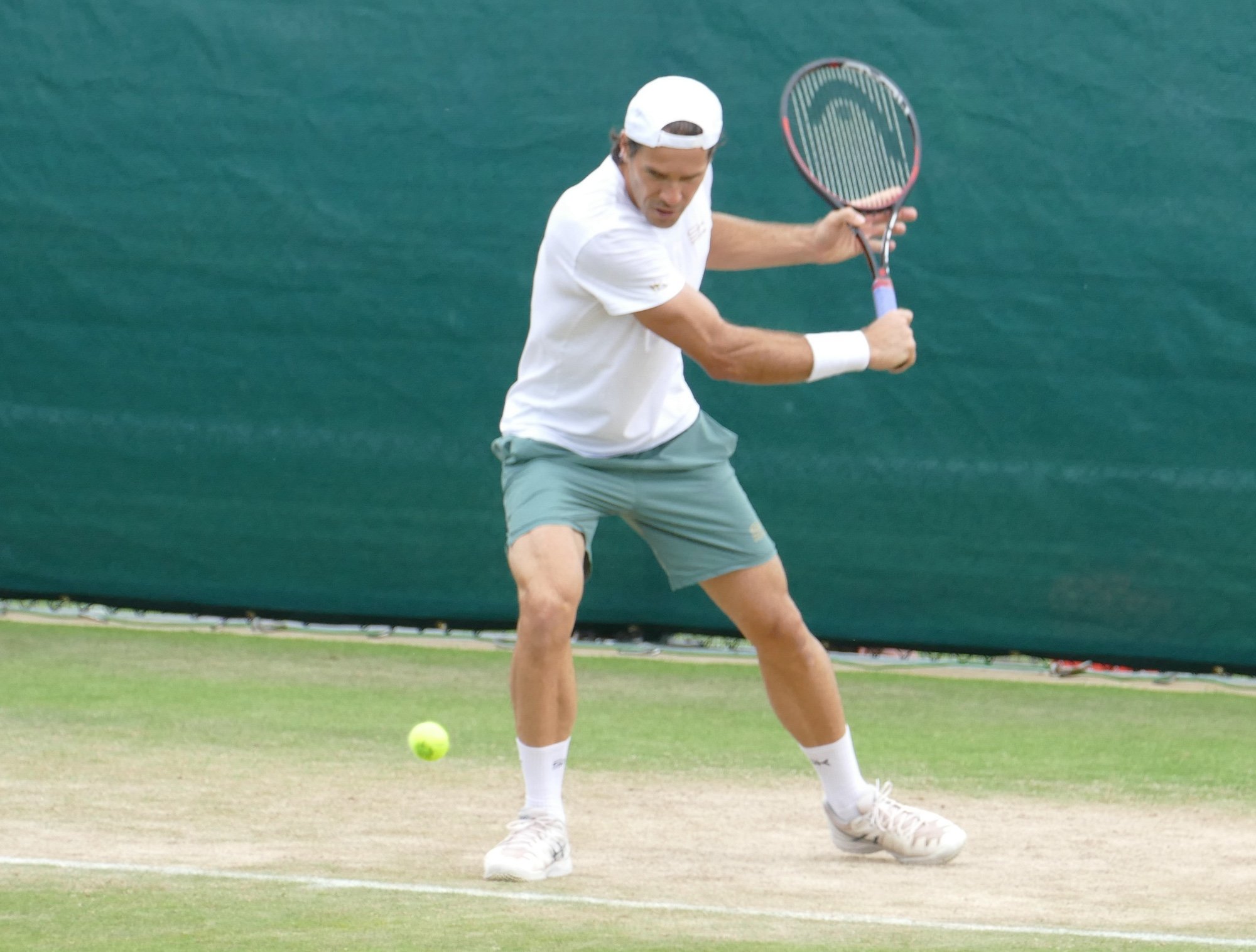
The Slice Backhand.
If you want to win matches, a solid slice backhand can be your best friend.
What Does This Mean?
A slice backhand is executed with a slightly open racquet face, causing the ball to rotate ‘backwards’ when it leaves your racquet. It’s a high percentage shot, especially useful when the incoming ball is:
· Very high (above shoulder height).
· Very low (below knee height).
· Has a lot of pace (e.g. first serve, smash).
· Straight at you (“into the body”).
· Far away (making you stretch).
But its use is not confined to when you are in a ‘sticky’ defensive situation. You can also attack effectively with slice, for example by hitting precision approach shots, and it allows you to rally with consistency and depth.
What Does This Mean For Your Tennis?
Don’t be fooled by its more glamourous cousin, the topspin backhand, into thinking that you can do without the slice. It’s a crucial shot to master in order to become a complete and versatile player.
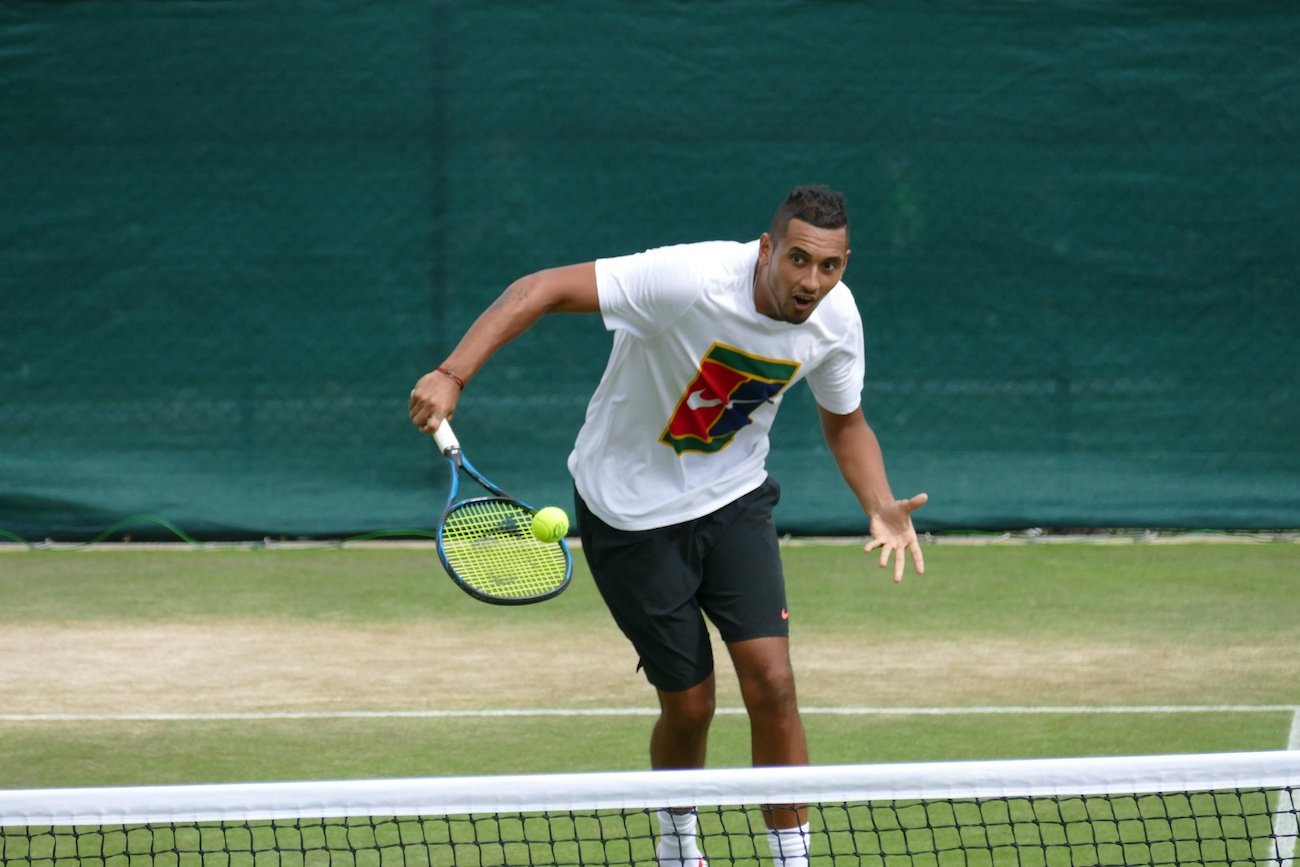
Attack the Short Ball.
Tennis can seem quite a complex game. Ever wonder if there is a simple formula you can use, in every match, to give you a better chance of winning?
Good news—there is:
Keep your groundstrokes deep until your opponent hits a short ball that bounces in or around your service box. When they hit short, step in and attack, hitting an approach shot, a drop shot or an outright winner.
What Does This Mean?
A short ball is an opportunity to attack, because you are closer to your opponent’s court. Angles open up and the opponent has less time to react to your shot.
What Does This Mean For Your Tennis?
We could talk a lot about when and how to play each of the three shots mentioned above. But the bottom line is - condition yourself to automatically move forward as a short ball approaches, then choose and implement one of the three options.
You now have a simple “go to” plan that gives you a great chance of winning any point.
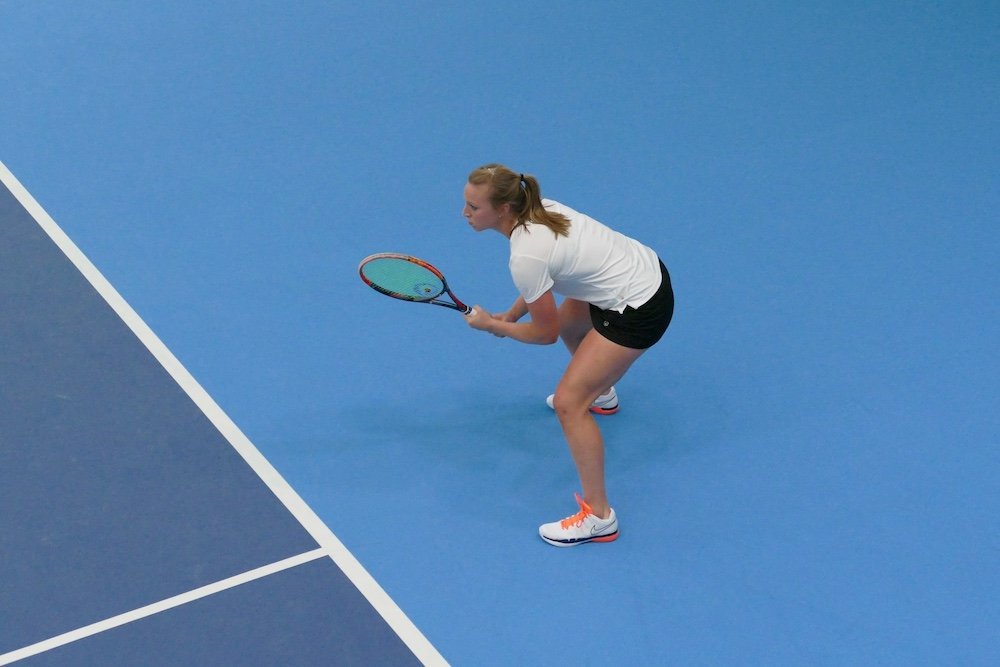
A Deep Dive Into Why You Might Make Errors on the Court…
When you miss a shot, do you often blame your technique – “my grip was wrong, my backswing was too late, my footwork was off…?
While it’s true that ‘technical errors’ cause mistakes, it’s important to remember that technique is not always to blame.
When we take an action, we use the Perception, Decision, Execution, Feedback loop.
What Does This Mean?
An example - you are watching TV:
YOUR PERCEPTION - this programme is boring.
YOUR DECISION - I’ll change channels.
YOUR EXECUTION - press the remote-control button.
YOUR FEEDBACK - this programme is much better.
The same process occurs with tennis shots, for example:
YOUR PERCEPTION - My opponent is approaching the net,
YOUR DECISION - I must finish the rally on this shot - I’ll hit down the line as hard as I can, to make sure of a winner.
YOUR EXECUTION - playing the stroke.
YOUR FEEDBACK – I played the right shot, the wrong shot, I hit it too high, I needed more spin etc.
What Does This Mean For Your Tennis?
YOUR DECISION: When you miss a shot, instead of immediately blaming your technique, look a little deeper: often the root cause of an error is a poor DECISION. It may have been a situation that did not really allow you to end the point with your next shot, for example your opponent’s approach shot was a very good one. A better decision might have been to hit crosscourt at three-quarter pace, emphasizing keeping the ball low.
YOUR EXECUTION - Yes, it is possible that the error was here - e.g. late contact on the shot causing it to land wide.
YOUR FEEDBACK - If the feedback you provide to yourself is flawed, it may cause you to make poor decisions later in the match.

Tennis: A Game of Sending AND Receiving
Tennis players often focus primarily on the type of shot they want to hit or ‘send’. They don’t consider the incoming shot – the ball ‘received’. This can be a major source of errors.
What Does This Mean?
Tennis is a game of both receiving and sending the ball – NOT JUST SENDING.
Every incoming ball approaches with a certain amount of pace and spin, at a certain height, and to a certain place. Each of these characteristics of the approaching ball need to be factored in for you to make the best decision as to what your response should be. Only then can you choose the shot most likely to succeed.
EXAMPLE: your opponent has hit a fast and well-placed first serve. You are tempted to drill it down the line with pace for a clean winner. However, given the characteristics of the incoming ball, you would be much more likely to be successful with the return if you focus on getting it back deep at a medium pace.
What Does This Mean For Your Tennis?
Ask yourself what your opponent’s shot ALLOWS you to do, before you decide WHAT to do. You will make fewer errors. That puts pressure on your opponent by making her feel she needs to play even better shots to force you to miss.
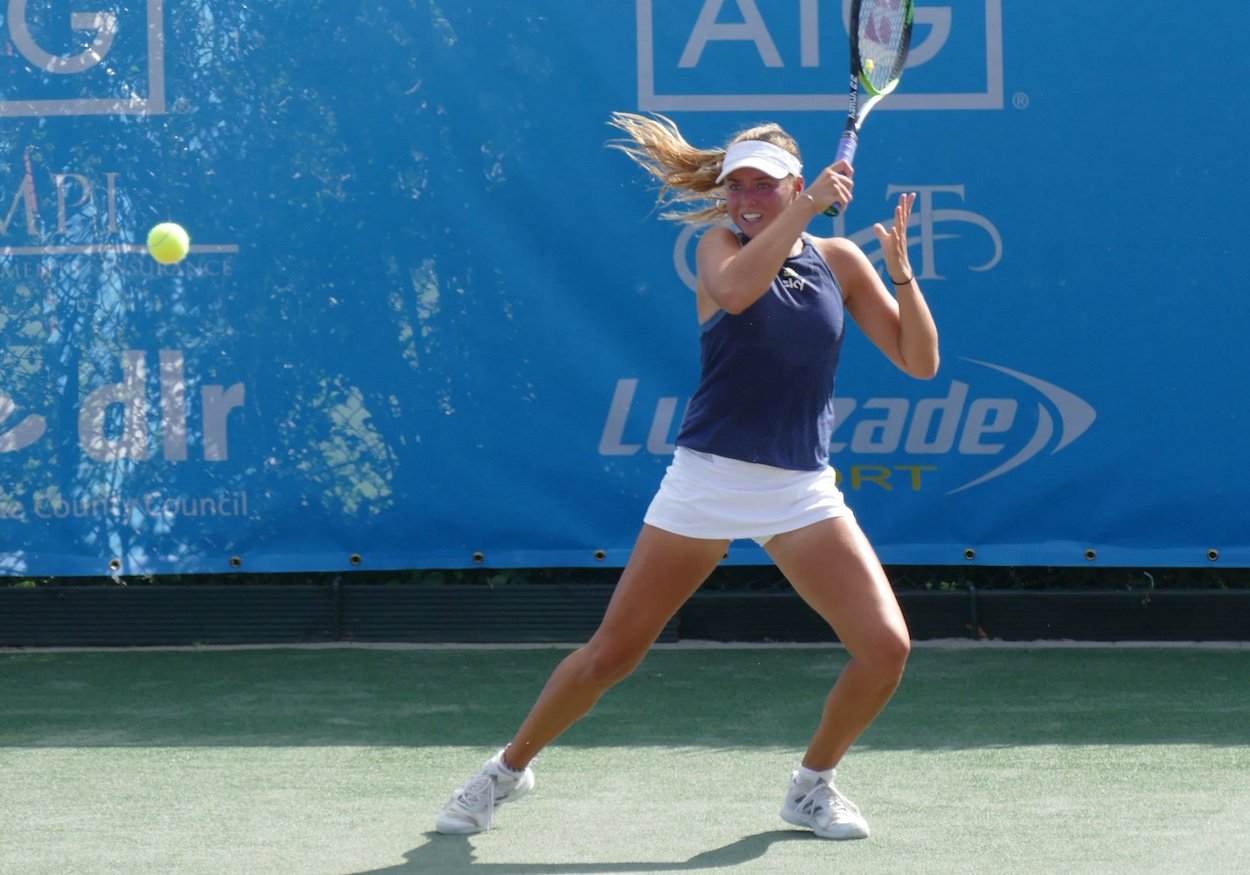
Recovery – A Vital Element in the Shot Cycle.
A frequent issue I see among club-level players is neglecting to RECOVER – the final stage of the ‘shot cycle’.
What Does This Mean?
Each shot has a four step ‘cycle’, and you must finish the cycle before that shot is complete. For each incoming ball, the cycle looks like this:
1. You are in the ready position, at the best possible spot on the court, waiting for your opponent to play their shot.
2. As your opponent contacts the ball, split step in order to get an explosive start toward where you will contact the ball.
3. Get your body into position and execute the stroke.
4. RECOVER – the circle only closes when you are back at the start - in the ready position, at the best possible spot on the court, waiting for the opponent to play their shot.
What Does This Mean For Your Tennis?
Put simply, if you
· do not recover
· Recover too slowly
· Recover to the wrong place*
you may struggle to cope effectively with your opponent’s next shot.

Tennis is the ultimate ‘OPEN SPORT’.
What Does This Mean?
All sports can be classified on a scale that runs from closed to open.
EXAMPLE 1: When a gymnast performs her routine on the beam:
· she has no opponent trying to influence the process.
· She does the exact routine as practiced many times.
· She does not have to make any decisions.
· She knows how long she will perform for.
· The environment – an indoor hall - remains relatively constant.
This means that we are talking about a closed sport.
EXAMPLE 2: When you play a tennis match:
· your opponent is trying to make things difficult for you.
· You cannot have practiced exactly what you will do in the match.
· You have to make several decisions on each shot – in a very limited time.
· You do not know how long the match will last.
· The environment can change – different weather conditions in the same match, various court surfaces in different matches.
This means that we are talking about an open sport.
What Does This Mean For Your Tennis?
In tennis, you never play two shots in exactly the same way. The ball arrives from a different place than before, to a different spot on your end, at a different height, with less or more power and spin than previously. You reply with a shot that is different from your previous shots.
So, when you go on the practice court, prioritise exercises that mimic what happens in a match. Emphasise ‘live rallying’, where the balls coming at you have lots of variation. In this type of exercise you decide what to do, then implement your decision, rather than receiving a predetermined shot and sending it to a predetermined target.